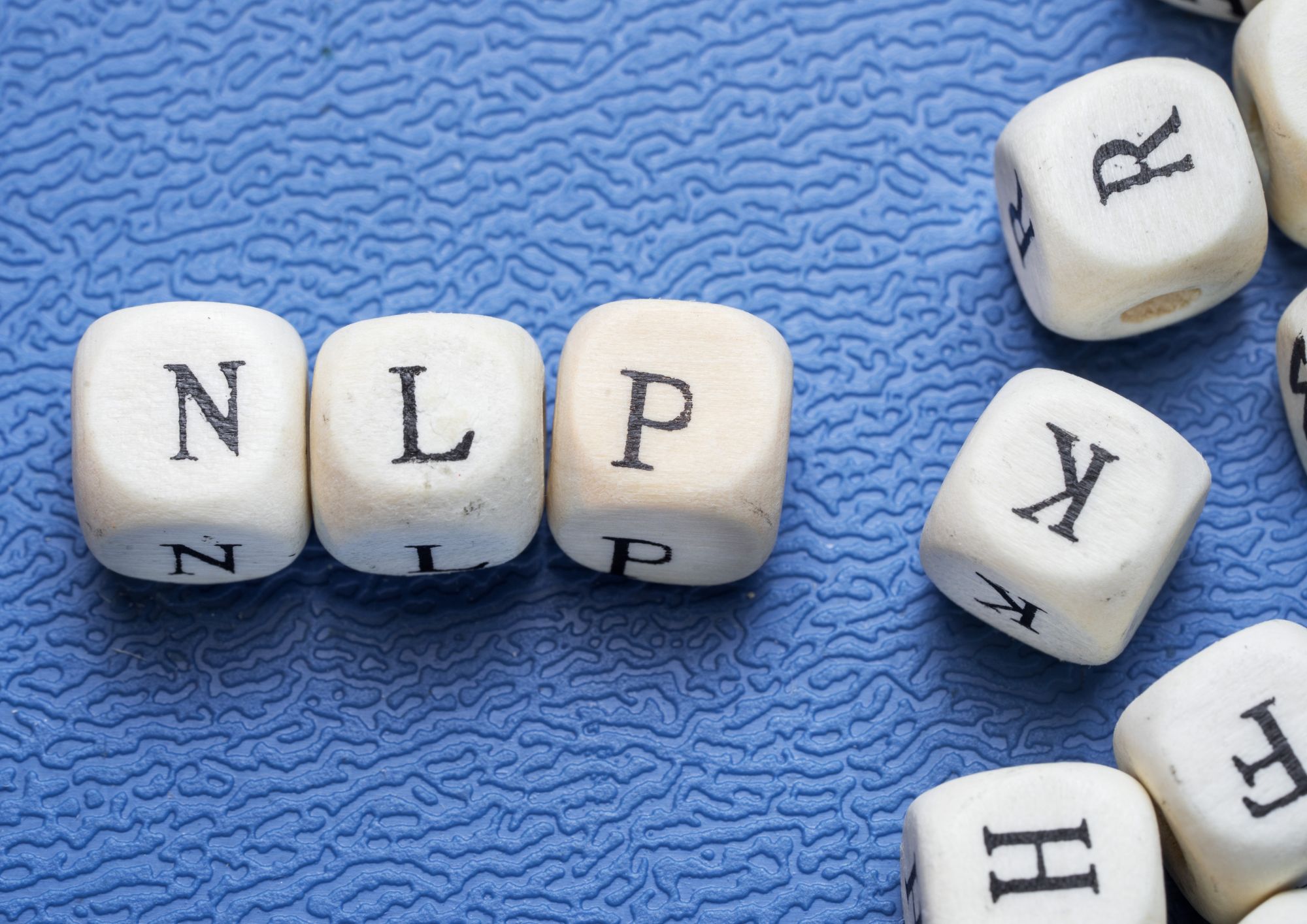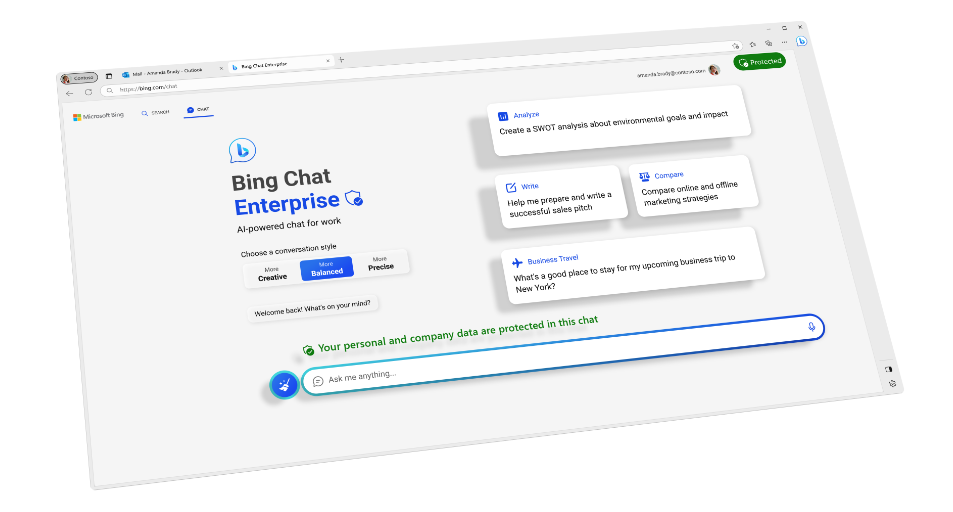Welcome to our comprehensive guide on boosting NLP model accuracy using fine-tuning techniques in prompt engineering!
As a senior SEO expert, I’m excited to share valuable insights, programming codes, examples, facts, and figures that will help you enhance your natural language processing (NLP) projects. 😄
Importance of NLP Model Accuracy:
Natural Language Processing has revolutionized how we interact with machines, allowing them to understand and interpret human language. But to create effective NLP applications, we need accurate models.
Boosting NLP model accuracy is crucial for:
- Improving user experience
- Reducing operational costs
- Increasing the reliability of AI systems
Overview of Fine-Tuning Techniques in Prompt Engineering:
Fine-tuning is the process of adapting a pre-trained model to a specific task or dataset. It helps improve the performance of the model by making it more relevant to the task at hand.
In the context of NLP, prompt engineering is the art of crafting input prompts that elicit the desired response from the model. Combining fine-tuning techniques and prompt engineering can significantly enhance NLP model accuracy.
Key Fine-Tuning Techniques:
Here are five essential fine-tuning techniques that can be employed in prompt engineering to boost NLP model accuracy:
Selecting the Appropriate Pre-Trained Model:
Choosing the right pre-trained model is crucial to achieving high NLP model accuracy. Some popular models include BERT, GPT-3, and T5.
Each model has its strengths and weaknesses, so you should select the one that best fits your project requirements.
Domain-Specific Fine-Tuning:
Fine-tuning the model on a domain-specific dataset can significantly improve its performance. For example, if you’re building a medical chatbot, fine-tune the model on medical texts to make it more familiar with medical terminology.
Optimizing Hyperparameters:
Hyperparameter optimization involves finding the best combination of model parameters (e.g., learning rate, batch size) that yield the highest accuracy.
This can be achieved through techniques like grid search, random search, and Bayesian optimization.
Example: Optimizing the learning rate of a BERT model:
from transformers import BertForSequenceClassification, BertConfig
from sklearn.model_selection import GridSearchCV
config = BertConfig.from_pretrained("bert-base-uncased")
model = BertForSequenceClassification(config)
# Define the grid of hyperparameters
param_grid = {
'learning_rate': [1e-5, 2e-5, 3e-5, 5e-5],
'num_train_epochs': [2, 3, 4],
'batch_size': [8, 16, 32]
}
# Perform the grid search
grid_search = GridSearchCV(model, param_grid, scoring='accuracy', n_jobs=-1)
grid_search.fit(train_dataset, train_labels)
# Print the best hyperparameters
print("Best hyperparameters:", grid_search.best_params_)
Data Augmentation:
Data augmentation involves generating new training examples by applying transformations to the existing dataset. In NLP, this can include techniques like synonym replacement, random insertion, or sentence shuffling.
This can help the model generalize better and improve NLP model accuracy.
Example: Synonym replacement using the NLTK library:
import nltk
from nltk.corpus import wordnet
def augment_sentence(sentence, num_replacements=1):
words = nltk.word_tokenize(sentence)
augmented_sentence = words.copy()
for _ in range(num_replacements):
target_word_index = random.randint(0, len(words) - 1)
target_word = words[target_word_index]
synonyms = []
for syn in wordnet.synsets(target_word):
for lemma in syn.lemmas():
synonyms.append(lemma.name())
if synonyms:
replacement_word = random.choice(synonyms)
augmented_sentence[target_word_index] = replacement_word
return " ".join(augmented_sentence)
Transfer Learning:
Transfer learning involves using knowledge gained from one task to improve performance on another, related task.
In NLP, this can be done by fine-tuning a pre-trained model on a smaller, domain-specific dataset to achieve higher NLP model accuracy.
Real-Life Examples of Successful Fine-Tuning:
- OpenAI’s GPT-3, a state-of-the-art NLP model, has been fine-tuned for various applications, such as code generation, machine translation, and summarization, achieving high accuracy in each of these tasks.
- Researchers at Google used domain-specific fine-tuning to enhance BERT’s performance in the medical domain, resulting in a model called BioBERT, which outperformed the original BERT on biomedical tasks.
Best Practices for NLP Model Fine-Tuning:
- Start with a pre-trained model that has shown good performance in similar tasks
- Use domain-specific datasets for fine-tuning
- Experiment with different hyperparameter configurations
- Employ data augmentation techniques to expand your training dataset
- Monitor model performance during fine-tuning and adjust as necessary
In conclusion, fine-tuning techniques in prompt engineering can significantly boost NLP model accuracy.
By selecting the right pre-trained model, optimizing hyperparameters, using domain-specific fine-tuning, and employing data augmentation and transfer learning, you can achieve impressive results in your NLP projects. Happy fine-tuning! 😊
Thank you for reading our blog, we hope you found the information provided helpful and informative. We invite you to follow and share this blog with your colleagues and friends if you found it useful.
Share your thoughts and ideas in the comments below. To get in touch with us, please send an email to dataspaceconsulting@gmail.com or contactus@dataspacein.com.
You can also visit our website – DataspaceAI


